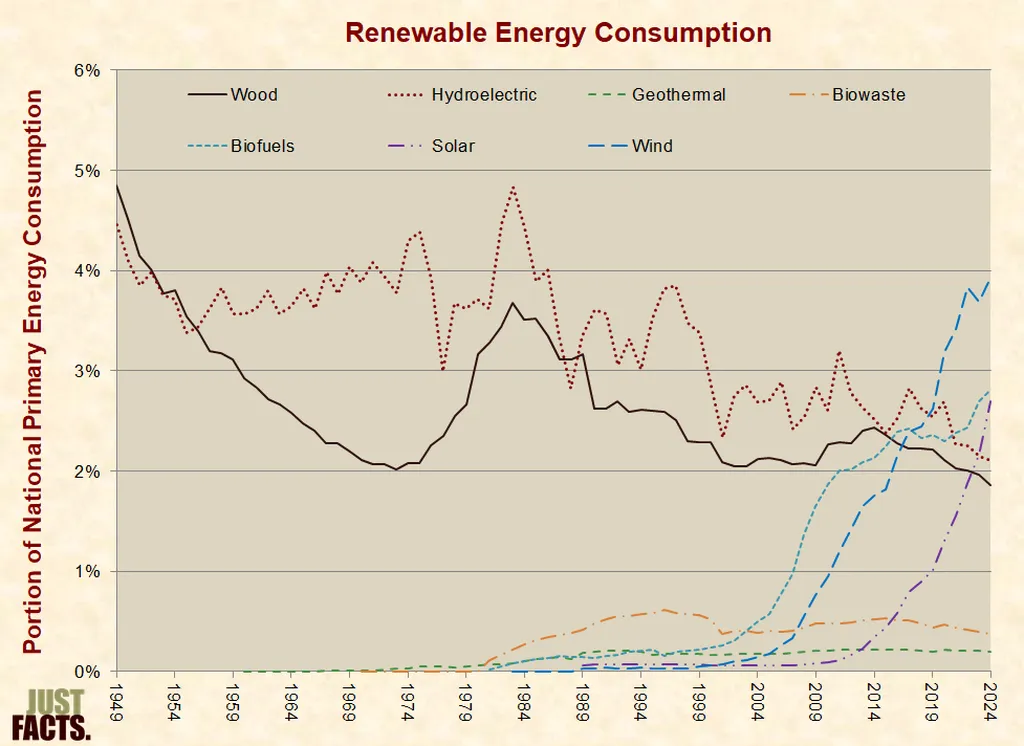In the rapidly evolving energy sector, efficiency and cost-effectiveness are paramount. A recent study published in the journal *Control and Information Technology* (Kongzhi Yu Xinxi Jishu) introduces a groundbreaking method for planning and designing integrated energy systems in industrial parks, promising to revolutionize how energy projects are evaluated and implemented.
The research, led by GAO Shoucong, addresses a critical challenge in the energy sector: the complexity of designing distributed energy systems. These systems incorporate various technologies and must account for user demand, equipment costs, and operational economics. Traditionally, this process has been time-consuming and labor-intensive, often taking days of data processing and analysis.
GAO Shoucong’s team developed a quasi-steady state model for typical distributed generation, cooling/heating equipment, and electric energy storage devices. By integrating these models into an optimization strategy focused on minimizing economic operation costs, they created a single-objective scheduling optimization model for integrated energy systems. The team then applied a specialized planning and design software to simulate a project case, achieving optimal results for system equipment planning and design.
“The software simulation reduced the average calculation time to about 15 minutes,” GAO Shoucong explained. “This is a significant improvement over traditional methods, which could take several days for data processing and analysis in the early stages.” The new approach improves project planning efficiency by over 50%, enabling customers to quickly evaluate and select high-quality projects.
The implications for the energy sector are substantial. By streamlining the planning and design process, this method can accelerate the deployment of integrated energy systems, making them more accessible and cost-effective for industrial parks. This efficiency gain could lead to broader adoption of distributed energy technologies, fostering a more sustainable and resilient energy infrastructure.
GAO Shoucong’s research highlights the potential for advanced modeling and optimization strategies to transform the energy landscape. As the sector continues to evolve, such innovations will be crucial in meeting the growing demand for efficient and sustainable energy solutions. The study’s findings not only enhance the planning process but also pave the way for future developments in integrated energy systems, shaping the future of energy management in industrial settings.

